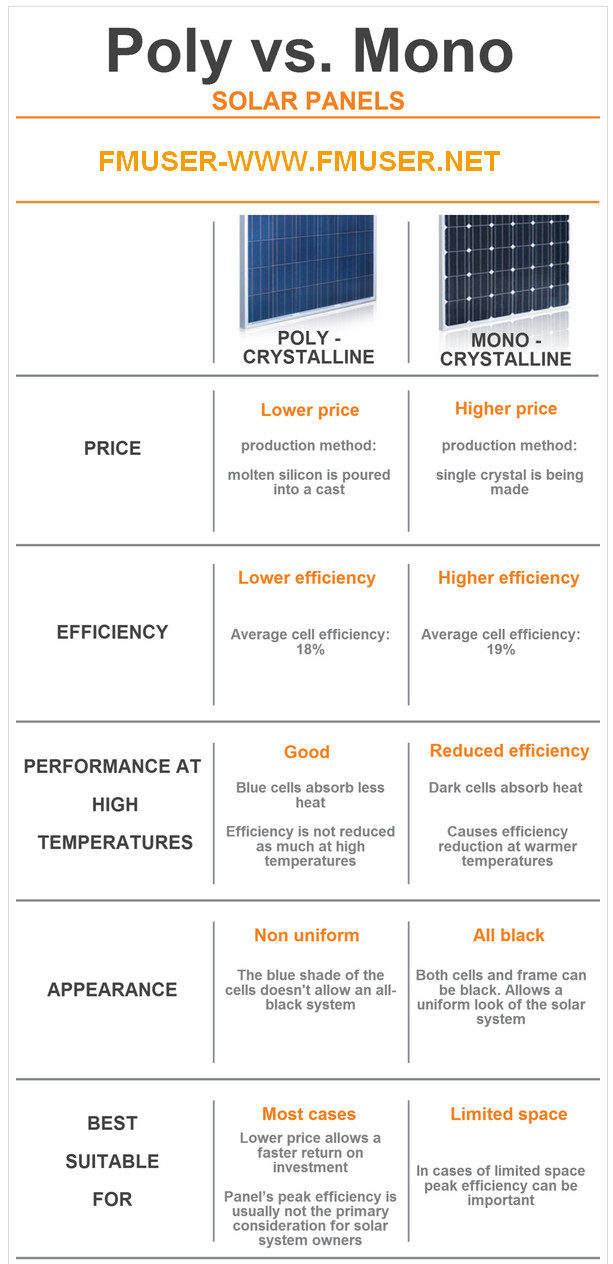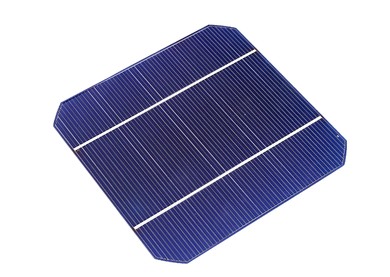Products Category
- FM Transmitter
- 0-50w 50w-1000w 2kw-10kw 10kw+
- TV Transmitter
- 0-50w 50-1kw 2kw-10kw
- FM Antenna
- TV Antenna
- Antenna Accessory
- Cable Connector Power Splitter Dummy Load
- RF Transistor
- Power Supply
- Audio Equipments
- DTV Front End Equipment
- Link System
- STL system Microwave Link system
- FM Radio
- Power Meter
- Other Products
- Special for Coronavirus
Products Tags
Fmuser Sites
- es.fmuser.net
- it.fmuser.net
- fr.fmuser.net
- de.fmuser.net
- af.fmuser.net ->Afrikaans
- sq.fmuser.net ->Albanian
- ar.fmuser.net ->Arabic
- hy.fmuser.net ->Armenian
- az.fmuser.net ->Azerbaijani
- eu.fmuser.net ->Basque
- be.fmuser.net ->Belarusian
- bg.fmuser.net ->Bulgarian
- ca.fmuser.net ->Catalan
- zh-CN.fmuser.net ->Chinese (Simplified)
- zh-TW.fmuser.net ->Chinese (Traditional)
- hr.fmuser.net ->Croatian
- cs.fmuser.net ->Czech
- da.fmuser.net ->Danish
- nl.fmuser.net ->Dutch
- et.fmuser.net ->Estonian
- tl.fmuser.net ->Filipino
- fi.fmuser.net ->Finnish
- fr.fmuser.net ->French
- gl.fmuser.net ->Galician
- ka.fmuser.net ->Georgian
- de.fmuser.net ->German
- el.fmuser.net ->Greek
- ht.fmuser.net ->Haitian Creole
- iw.fmuser.net ->Hebrew
- hi.fmuser.net ->Hindi
- hu.fmuser.net ->Hungarian
- is.fmuser.net ->Icelandic
- id.fmuser.net ->Indonesian
- ga.fmuser.net ->Irish
- it.fmuser.net ->Italian
- ja.fmuser.net ->Japanese
- ko.fmuser.net ->Korean
- lv.fmuser.net ->Latvian
- lt.fmuser.net ->Lithuanian
- mk.fmuser.net ->Macedonian
- ms.fmuser.net ->Malay
- mt.fmuser.net ->Maltese
- no.fmuser.net ->Norwegian
- fa.fmuser.net ->Persian
- pl.fmuser.net ->Polish
- pt.fmuser.net ->Portuguese
- ro.fmuser.net ->Romanian
- ru.fmuser.net ->Russian
- sr.fmuser.net ->Serbian
- sk.fmuser.net ->Slovak
- sl.fmuser.net ->Slovenian
- es.fmuser.net ->Spanish
- sw.fmuser.net ->Swahili
- sv.fmuser.net ->Swedish
- th.fmuser.net ->Thai
- tr.fmuser.net ->Turkish
- uk.fmuser.net ->Ukrainian
- ur.fmuser.net ->Urdu
- vi.fmuser.net ->Vietnamese
- cy.fmuser.net ->Welsh
- yi.fmuser.net ->Yiddish
What is the difference between monocrystalline and polycrystalline solar panels?
Date:2014/6/12 17:11:38 Hits:
-Our customers often ask about the difference between polycrystalline and monocrystalline modules, and so – we have put together this Monocrystalline vs. Polycrystalline infographics, to explain the main differences and provide some guidance.

How are Solar panels created?
Solar panels (Mono or Poly crystalline) are created from multiple ‘wafers’ of silicon connected together in series and/or parallel to form a solar ‘module’. These wafers are created from silicon ingots. The ingots are either block-cast from multiple silicon crystals (poly-crystalline) or grown to form a single crystalline structure (mono-crystalline). The ingots are cut into slices around 180 to 350 micrometers thick to form the wafers. The ingots are generally made from p-type doped silicon, and n-type silicon is then applied as a surface layer to the wafer. This creates the n-p junction which allows the flow of electrons. Anti-reflective layers are then applied to the wafer before metallic connections are made in a grid-like pattern on the front side of the panel and a plate across the full area of the wafer on the back side. These metallic connections are screen printed using a silver paste on the front and an aluminium paste on the back. The wafer is then fried at a few hundred degrees celsius to create contact between the silicon and the metal electrodes. The wafers are now ready to be connected to form the solar module.What is the difference between Mono-crystalline and Poly-crystalline?
Poly-crystalline panels are created from block-cast silicon crystals as described above. This creates a metal-flake effect on the panel, see below:

Electrons can be trapped in the crystal grain boundaries between the individual crystals in a Poly-crystalline panel, this causes a lower efficiency rating. The typical efficiency rating for a Poly-crystalline panel is around the 13.5% mark at 25°C, this will drop by around 15 – 25% at 50°C.
Mono-crystalline panels are created from a single silicon crystal, either found naturally (very rare) or grown in a laboratory. This process, called recrystallising, makes Mono-crystalline panels more expensive to produce. Mono-crystalline panels have a smoother more uniform appearance than Poly-crystalline panels, see below:

Mono-crystalline panels have a typical efficiency of around 15% at the 25°C mark, which drops at 50°C by around 12 – 15%.
In conclusion, the main differences between polycrystalline and monocrystalline modules are their efficiency and price. Monocrystalline modules are more efficient, but also more expensive. Another difference is their color: Monocrystalline modules are black, and polycrystalline modules are blue. This leads to an aesthetic difference (monocrystalline modules looks good in an all-black system), and also to a performance difference in warm areas. Since black absorbes heat more easily, and since solar cell efficiency is reduced at high temperatures, polycrystalline modules will be less affected by high temperatures.
As a bottom line, since the system cost is a key driver for fast return on investment, most people prefer polycrystalline modules. Monocrystalline modules are often chosen for solar projects in which space is very limited, due to their higher efficiency.
Leave a message
Message List
Comments Loading...





